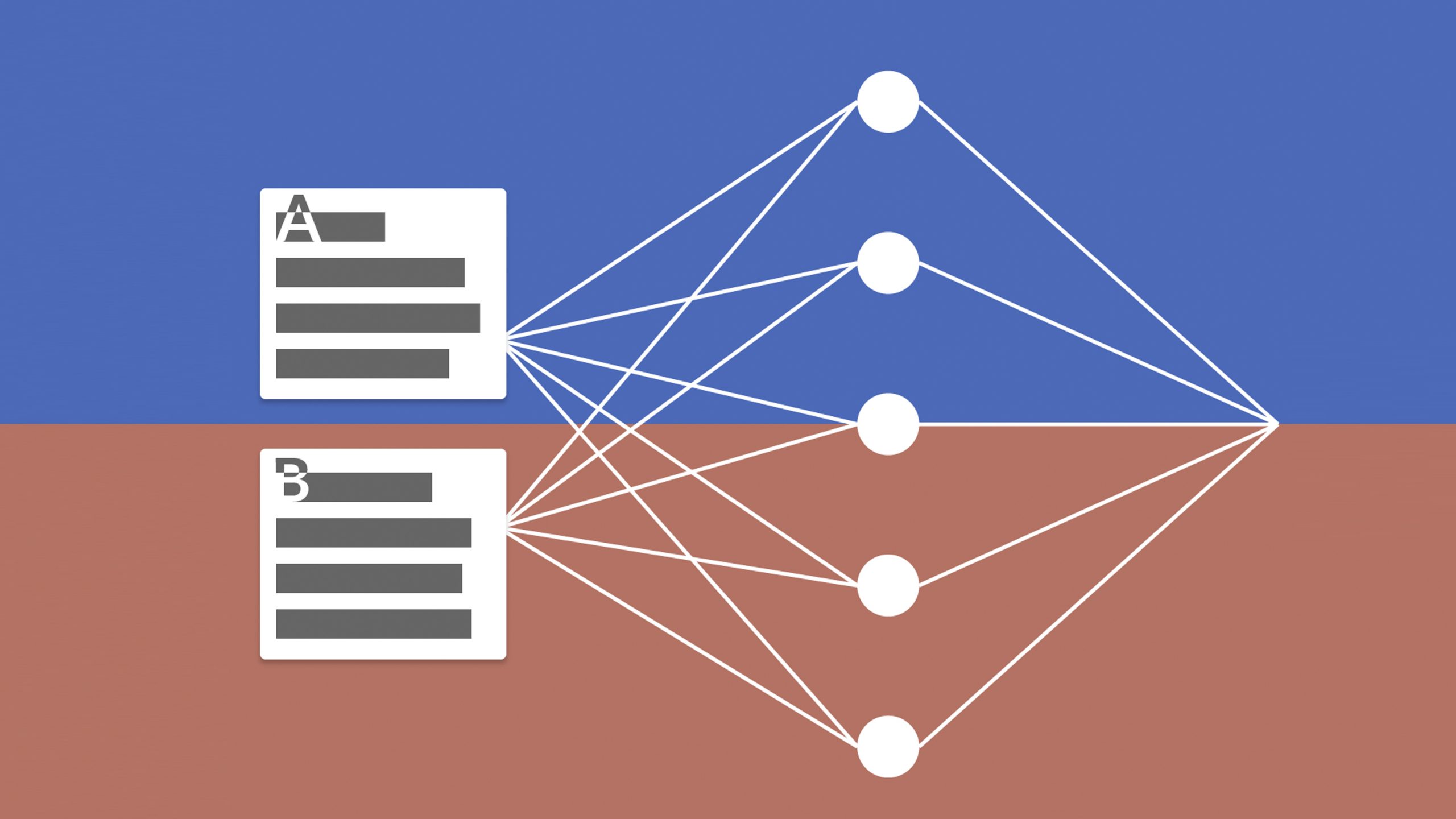How does a taxonomy relate to website navigation and information architecture? You probably intuitively know the answer to this question. However, the truth is that when we try to talk about Taxonomy, words often fail us. In Taxonomy, Navigation, And Architecture Of Website: Check This API we will tell you a little about this topic so that you can better understand it. In addition, we will share with you the tool that has been the best for us: IAB Tech Lab’s Content Taxonomy.
How do website navigation and information architecture connect to a taxonomy?
The link is as follows: the terms of the taxonomy offer some of a site’s components and some of its navigational structures; in other situations, like the media, they provide most of the navigational structures.
In any case, there isn’t a complete identity relationship between the taxonomy and the navigation system because the type of navigation must take into account additional requirements, like corporate navigation, landing pages, sections to be promoted, audience navigation, and others, in addition to sections like the shopping cart, legal notices, etc.
The relationship between taxonomies and information architecture is extremely important in sites with a lot of content, like the media, because it gives the site’s structure and labels.
If an e-commerce site’s content is very diverse, this relationship may also exist there—Amazon is an extreme example.
How do they apply to websites?
The ideal is to have a CMS (Content Management System) that incorporates the possibility of assigning categories or other taxonomies to the entries and pages of the website. This is precisely the case of the CMS by far the most used today, WordPress.
This CMS natively proposes the use of two taxonomies: Categories, that is, a taxonomy in the strict sense, and tags, a flat or improper taxonomy (for this terminology see this entry on taxonomies and the WordPress codex).
In the case of a CMS like WordPress, taxonomies, both Categories and Tags, can be used to group posts. The Categories express the material internationally since they correspond to the major sections of the website. Tags are applied as keywords to express the contents of each entry with a higher level of specificity.
Taxonomy terms can be useful in a wide variety of menu systems and navigation structures.
Taxonomy, Navigation, And Architecture Of Website: Check Text Classification IAB Taxonomy
The Content Taxonomy has evolved over time to provide publishers with a consistent and easy way to organize their website content. For example, to differentiate “sports” vs. “news” vs. “wellness” material. IAB Tech Lab’s Content Taxonomy specification provides additional utility for minimizing the risk that content categorization signals could generate sensitive data points about things like race, politics, religion, or other personal characteristics that could result in discrimination.

Some frequent questions…
What this API receives and what your API provides (input/output)? Just pass the text that you want to categorize and you will get its IAB taxonomy. Simple as that!
What are the most common uses cases of this API? This API is useful to help those companies with a large amount of data that needs to be sorted by category. Thus, you will be able to gather text by grouping it by category. Besides, ideal for marketing agencies that want to extract data online and want to categorize it as well. Also, helpful to classify sentences or slogans, you will get the exact categorization in IAB standards.
Are there any limitations with your plans?
Besides API call limitations per month:
Testing Plan: 5 requests per second.
Basic: 10 requests per second.
Pro: 30 requests per second.
Pro+: 60 requests per second.


